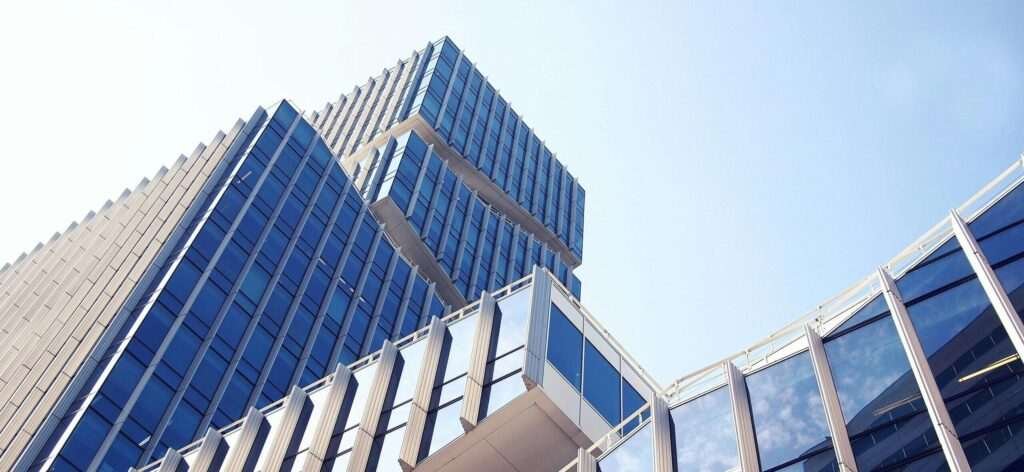
Interview with the Minister of Mines and Strategic Resources, Fidiniavo Ravokatra, who is responsible for a key sector for the economic development of Madagascar, a country with great geo-diversity and very significant mining potential.
Will the revision of the mining code lead to a tightening of market access conditions for investors?
The reform of Madagascar's Mining Code is not a new vision; the previous law, dating from 1999 and amended in 2005, stems from the observation that the mining sector was not contributing its fair share to the national economy. Thus, the perception of both public opinion and leaders led to this reform with the aim of achieving fair benefits from this sector. Its goal is therefore not to tighten the rules for investors; it is simply to ensure that Madagascar is not harmed. The compromise process, with investors, the local population, and the Malagasy government, has been underway since March 2020. The pandemic unfortunately halted our work, but we were able to resume in August. The establishment of a committee to reflect on and draft the Mining Code demonstrates our commitment to an inclusive and participatory approach. Within this committee, five entities are represented: the major mines represented by the Chamber of Mines, which brings together major investors, national operators operating in artisanal mines, civil society, unions, and the administration. We have a weekly meeting to consider everyone's interests, find compromises, but also to concretize the mining sector's contribution to economic development and the emergence of Madagascar. Fortunately, this committee works by consensus, and we are almost at the end of the process, with the lawyers currently in the drafting phase. The preliminary draft of the mining code is expected to be adopted during the parliamentary session in May-June 2021. It is therefore imminent.
Is graphite the new black gold for the Big Island?
Indeed, demand is strong on international markets because graphite is part of new technologies. Madagascar is among the top 10 producing countries. Currently, a few projects are emerging at the exploration and research phase, showing that it is indeed a new black gold. But we need to see the results of the projects. Companies must present solid feasibility files, allowing us to assess their professionalism, before entering the exploitation phase, since in Madagascar, when a research permit (PR) is obtained, there is a tendency to rush through the research phase without having properly estimated the reserves, and without having properly developed the necessary infrastructure. The professional junior companies that now hold research permits are very developed, and I am closely following the progress of their projects. Graphite is certainly one of the promising substances in the mining sector in Madagascar.
What is the future of the gold industry?
This sector has long had an endemic problem with the low quantity officially recorded at the Ministry of Mines.
If we look at the statistics, we were around 3 tons of gold in 2018. It dropped to 2.4 tons in 2019 and to 1.93 tons in 2020. The reason for this decrease in recorded quantities is understandable. In 2019, we began to clean up the gold sector, first on the reference value for calculating export costs, since the base was almost 50% of the value of gold on the international market. So we adjusted the value. The boundary between formal and informal activity is very narrow, perhaps this clean-up caused some exporters to back out. However, in 2019, the ratio in terms of export value was higher, even though the quantity had decreased. In 2020, with the officially recorded quantity, the amount of foreign currency to be returned to the State from exports was estimated at $280 million. However, only 1% was repatriated to Madagascar. In September 2020, the State therefore decided to suspend exports. In parallel with this clean-up of the sector, we established the national gold reserves at the Central Bank, which was able to acquire the gold. There is still a long way to go to turn the ingots into semi-finished products to achieve monetary gold quality, but the fact that the Central Bank can purchase gold from formal suppliers gives a positive image of the entire supply chain. This gold reserve generates both traceability and hope for medium-term monetary policy.
Gold acquisitions will increase. While we plan to reach one ton by the end of this year, we should reach one ton very soon, given the enthusiasm of operators to sell their gold to the Central Bank. In Madagascar, we do not yet have large mechanized operations; 1,00% of gold production is artisanal.
How do you plan to improve the small-scale mining sector and the informal sector?
While most of them are part of the informal sector, without repression, we want to move towards transforming these informal entities into formal structures. Most of these small mines are located in very remote, rural areas. We want these populations to live better by exploiting their land. Changing the vision implies making these small mines a true player in the development of these rural areas. We want to control the value chain by first conducting a census of all national operators. These databases can be obtained by working with local authorities, ministry services at the regional level, and municipalities.
For better traceability, we will provide identification cards to identify them. We will then be able to count them as employees in the formal sector. These miners do not have health coverage. We can consider them as artisans and provide them with social security coverage to cover health costs. The number of small miners is estimated at 500,000. It is a real challenge to conduct this census that will allow us to register them in the formal framework. Then, we will propose that they join groups or associations to facilitate technical supervision and control of the traceability of their products. We have already implemented local management called the Mining Administration Office. The regional mining directorates at the level of the former provincial capitals and regions are still too far from rural areas. We have therefore decided to set up Mining Administration offices at the level of mining districts. They will provide the services that users need at our mining administration level, that is, the ministry, the National Gold Agency branch, the Mining Cadastre Office branch, and the Mining Police branch. This strategy will help support small-scale mining producers in the various municipalities.
What role does the Mining Business Center (MBC) play?
The MBC is an offshoot of the mining cadastre. Inaugurated in 2017, it was born from the idea of having an infrastructure worthy of the mining sector. Madagascar did not benefit from a platform for national or international events in the extractive sector. To promote this investment, in 2019 we installed a Madagascar Mines Gallery within it, showing all the varieties of stones present in our subsoil. This space is dedicated to tourists who can also purchase stones there, subject to the necessary formalities. Also located within the grounds is the Madagascar Lithotheque, made up of rock and soil samples that the French Bureau of Geological and Mining Research (BRGM). Collected over 70 years, this geological heritage is thus enhanced. We encourage geotourism in this location, strategically close to the airport. The Madagascar Geology and Gemology Bureau (BGGM) will also be established there. It will process geological data and develop the gem industry by establishing the Madagascar Label and, in the medium term, organize major events. We hope to make the MBC the showcase for this sector.
How do you manage the impact of mines on the environment?
The provisions in place, the legal and regulatory framework in force for sustainable development, and the environmental charter are very important since they govern the compatibility of mining projects with the environmental charter. For the mining sector, this is a cross-cutting, integrated aspect. Before granting a mining permit, the ministry requires, upstream, mining specifications, describing all the environmental, social, financial, and economic procedures necessary for assessing the project. With these specifications, we will link them to the environmental permit application because in Madagascar, no mining activity can begin without two documents: the mining permit and the environmental permit. To obtain the latter, an environmental and social impact assessment of the project must be carried out. This is a complex part involving a study of all aspects of the environment and integrating the human aspect with a participatory approach by the local population. A report with the population is required to ensure the social integration of the project. The economic and social actions that will be undertaken in the village, the commune, in the region, even at the national level if it is a large-scale project, must be detailed. This is then evaluated by interministerial committees under the aegis of the National Office of the Environment. These requirements do not stop there, since after a favorable opinion, and during the implementation of the project, biannual or annual monitoring is carried out by the interministerial committees. Each investor in the mining sector must therefore strive to manage the impact on the environment. Regarding the many small mines, it is more difficult to make them responsible for the environmental and social impact. We are therefore developing another strategy for small operators with NGOs.
To conclude this interview, I would like to address the problem of child labor, particularly in the South, in mica mines. This region suffers from recurring food shortages and water shortages, but this cannot justify child labor in the mines. We have therefore developed a government action plan. The United States has also allocated a $4.5 million fund managed by agencies and NGOs to combat child labor. This fight is a priority for the government, and technical partners have joined this effort.















 A Seat That Transforms into a Bed
A Seat That Transforms into a Bed  In the world of air travel, economy class is often considered the most affordable option. However, at Air Afrika, we believe that affordability shouldn't mean compromising on quality of service. Our class
In the world of air travel, economy class is often considered the most affordable option. However, at Air Afrika, we believe that affordability shouldn't mean compromising on quality of service. Our class









